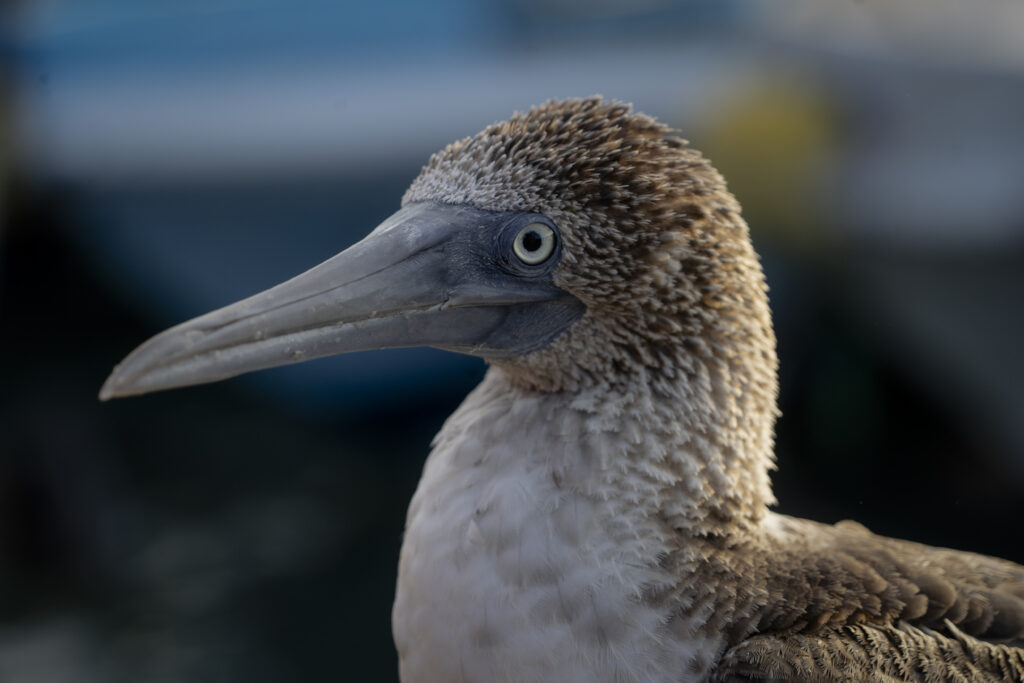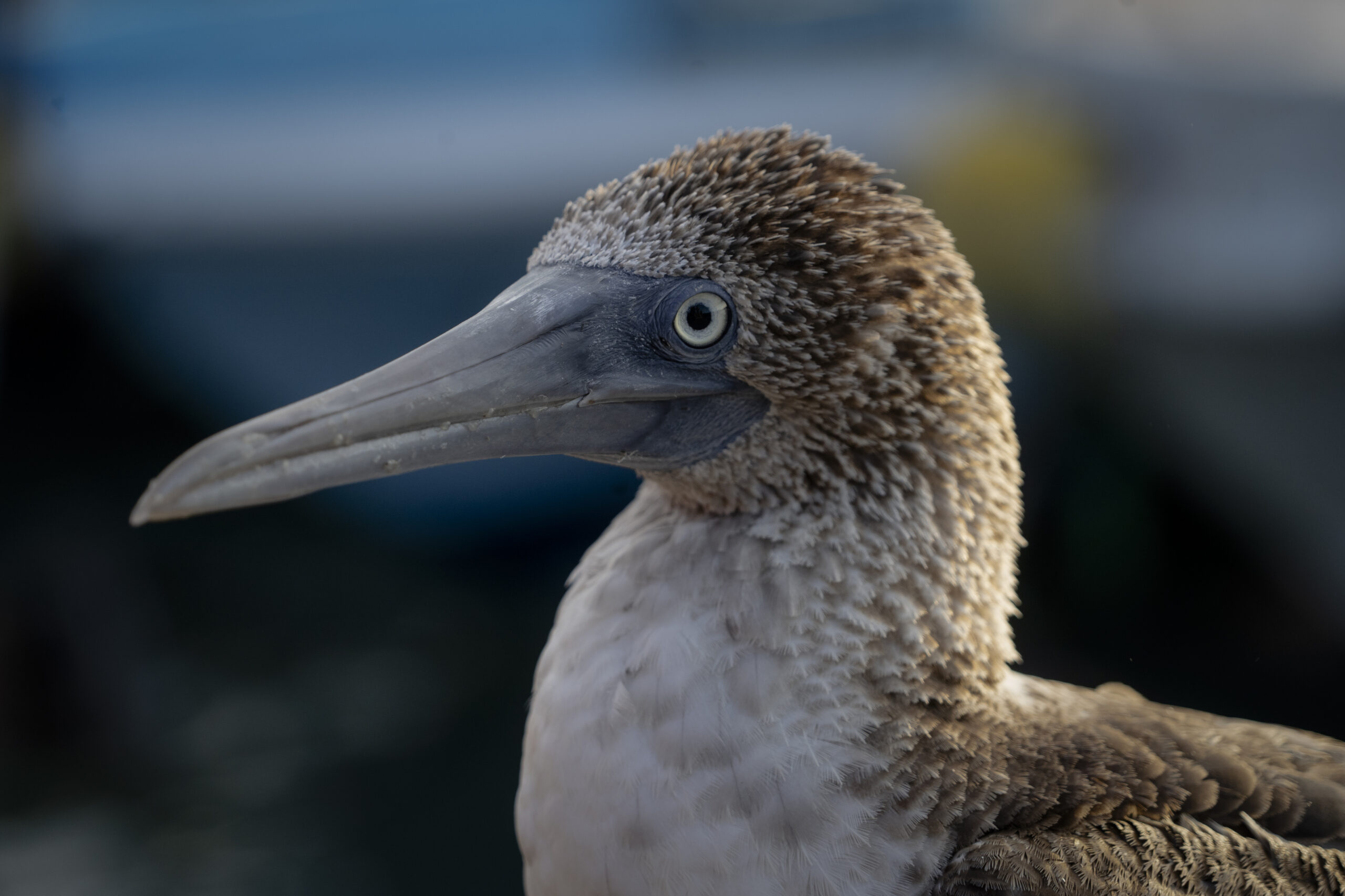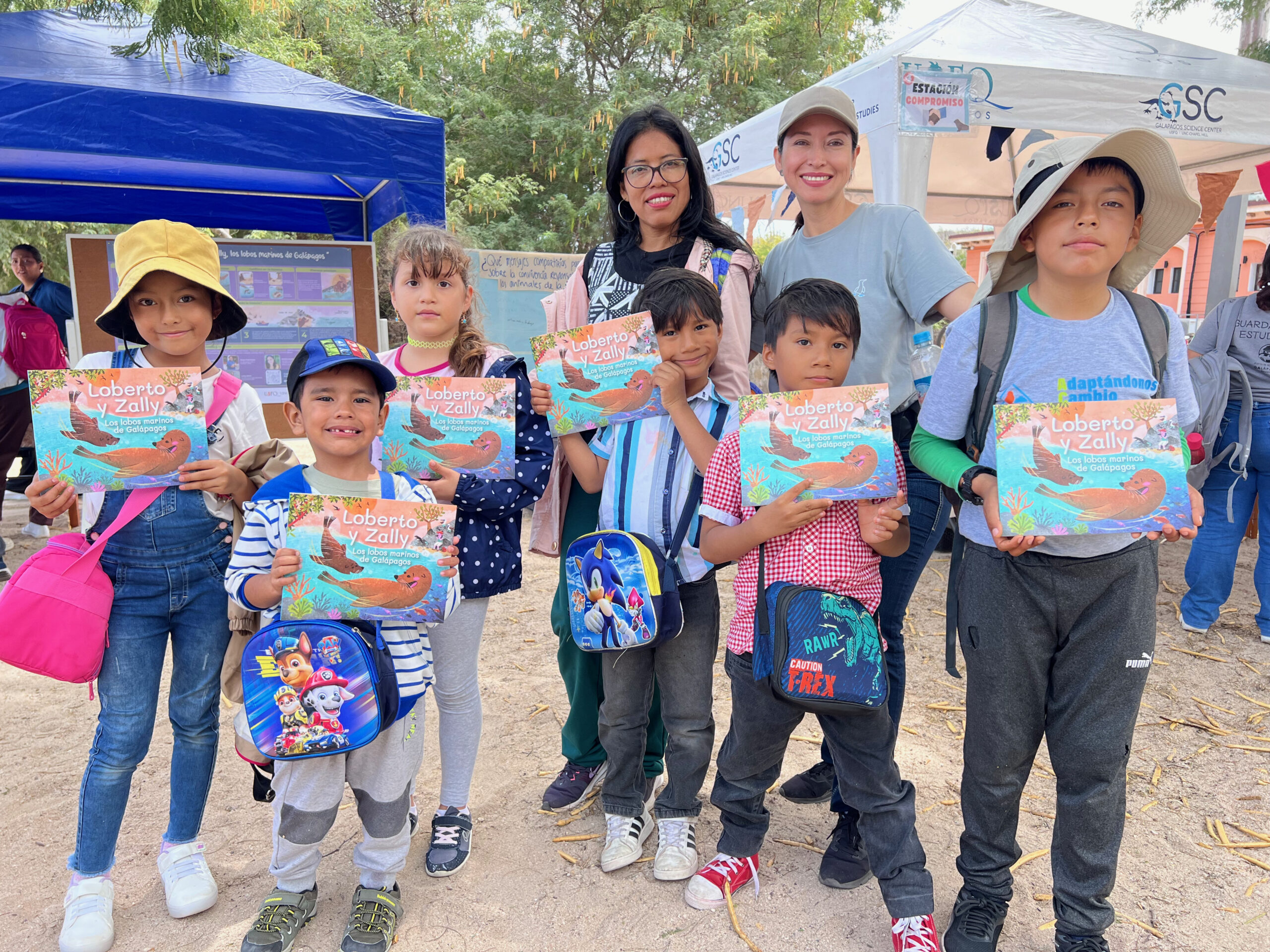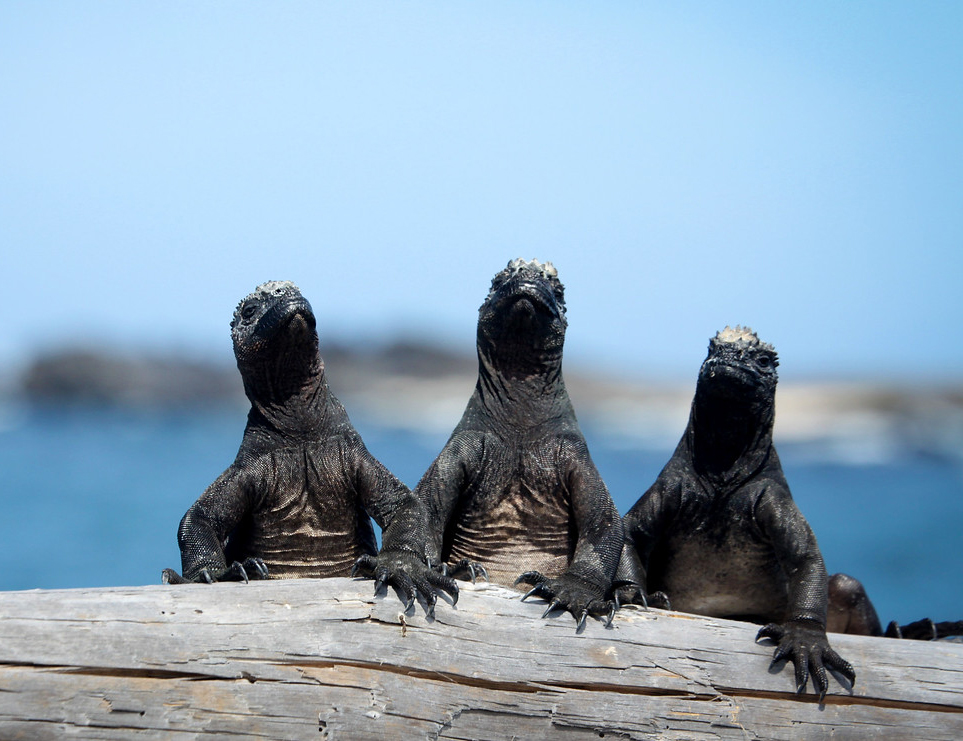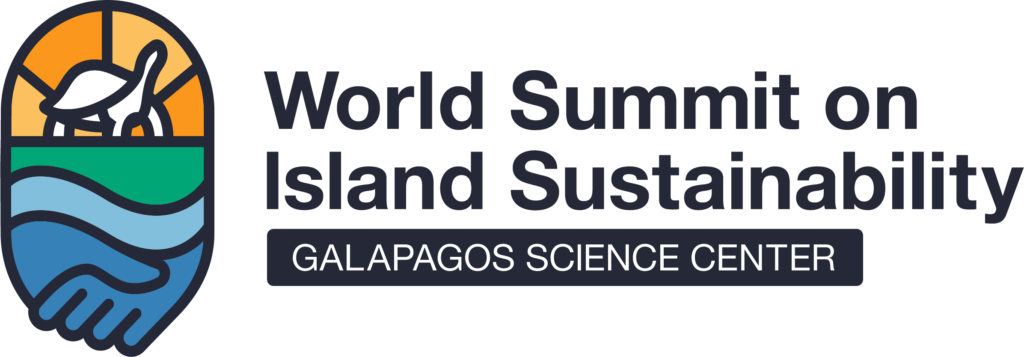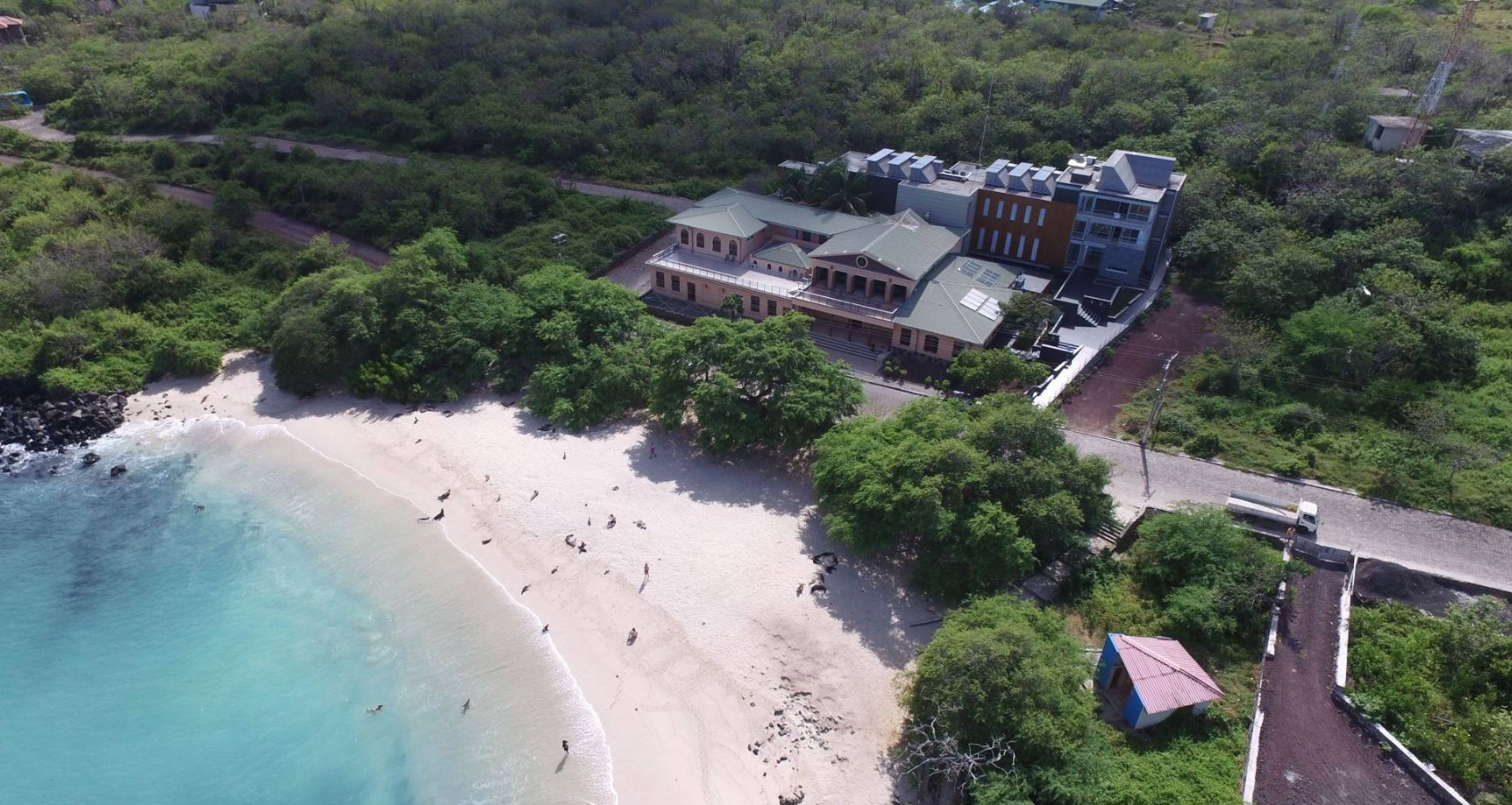El piquero de patas azules (Sula nebouxii excisa) es una especie emblemática y endémica de las Islas Galápagos. Aunque ha sido ampliamente estudiado por su comportamiento y biología reproductiva, poco se conoce sobre su salud en estado silvestre. Este tipo de información es crucial para entender cómo factores ambientales pueden afectar su bienestar, especialmente en un contexto de cambio climático y disminución de presas. El reciente estudio busca aportar datos de referencia sobre la salud de la especie, lo cual puede contribuir a estrategias de conservación.
El objetivo de esta investigación fue evaluar y comparar parámetros de salud en piqueros de patas azules durante dos temporadas reproductivas: junio de 2017 y julio de 2022, en la Isla Seymour Norte. Se capturaron 60 aves desde sus nidos para realizar exámenes físicos, registrar su estado reproductivo, y tomar muestras de sangre. Se midieron valores como hematocrito, hemoglobina, electrolitos, glucosa, y otros indicadores bioquímicos usando un analizador portátil. Además, se registró el número de crías presentes en los nidos.
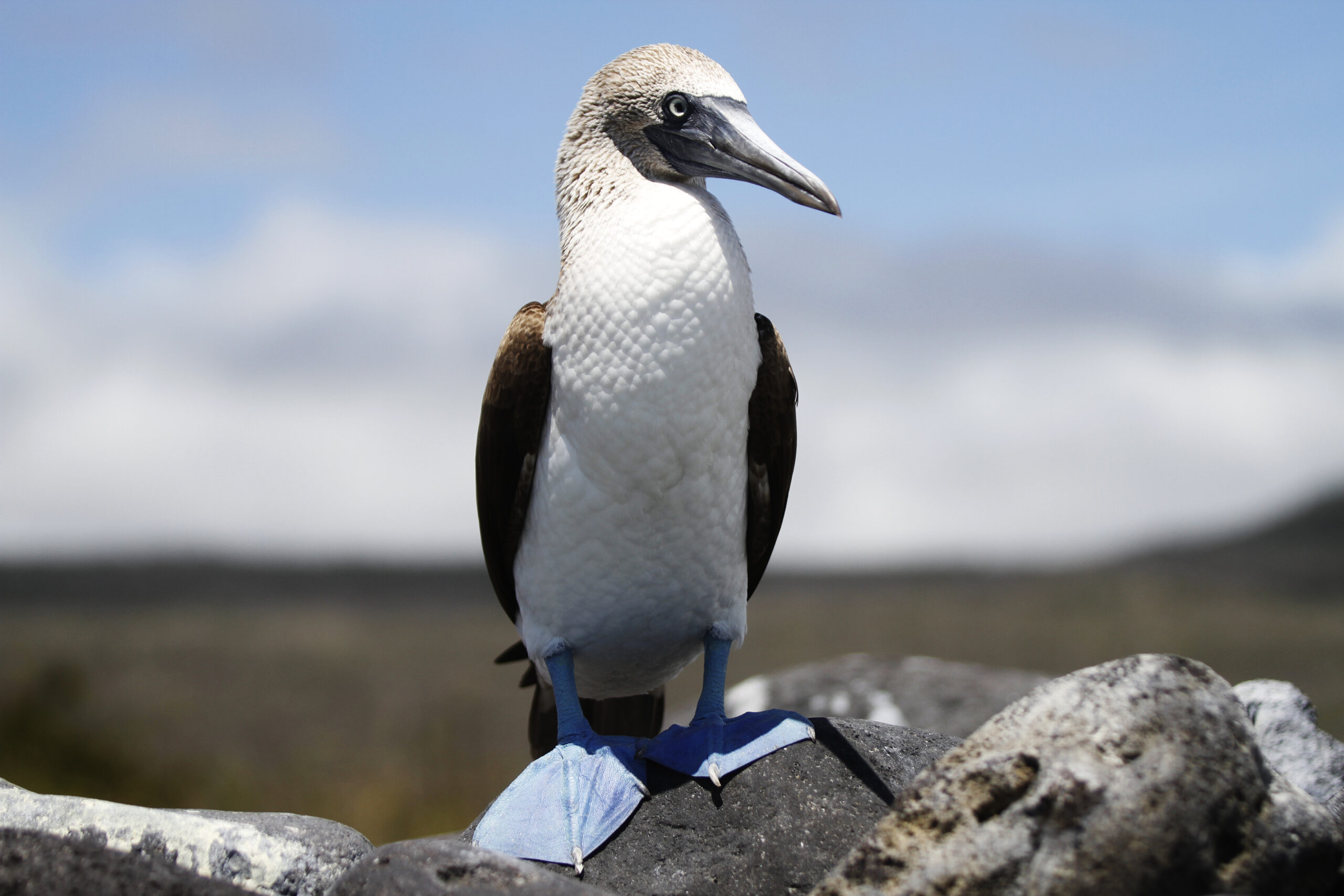
Los resultados determinaron que en 2022, los piqueros presentaron valores elevados en varios indicadores sanguíneos respecto a 2017. Las hembras fueron más grandes y superaron a los machos en la mayoría de los parámetros, salvo el nitrógeno ureico, que fue más alto en ellos. También se observó un mayor éxito reproductivo: 29 de 30 nidos con crías frente a solo 5 en 2017. No se detectaron parásitos y todas las aves presentaron buena salud.
Esta investigación proporciona datos valiosos sobre la salud del piquero de patas azules y evidencia mejoras en su condición general y éxito reproductivo en 2022 frente a 2017. Estos resultados pueden estar relacionados con variaciones ambientales o disponibilidad de alimento, aunque se requieren más estudios para confirmarlo. Esta información de referencia sobre su salud es esencial para monitorear el estado de la especie y aplicar métodos de conservación.
Lee el artículo completo aquí: https://bit.ly/3ECUKzK

